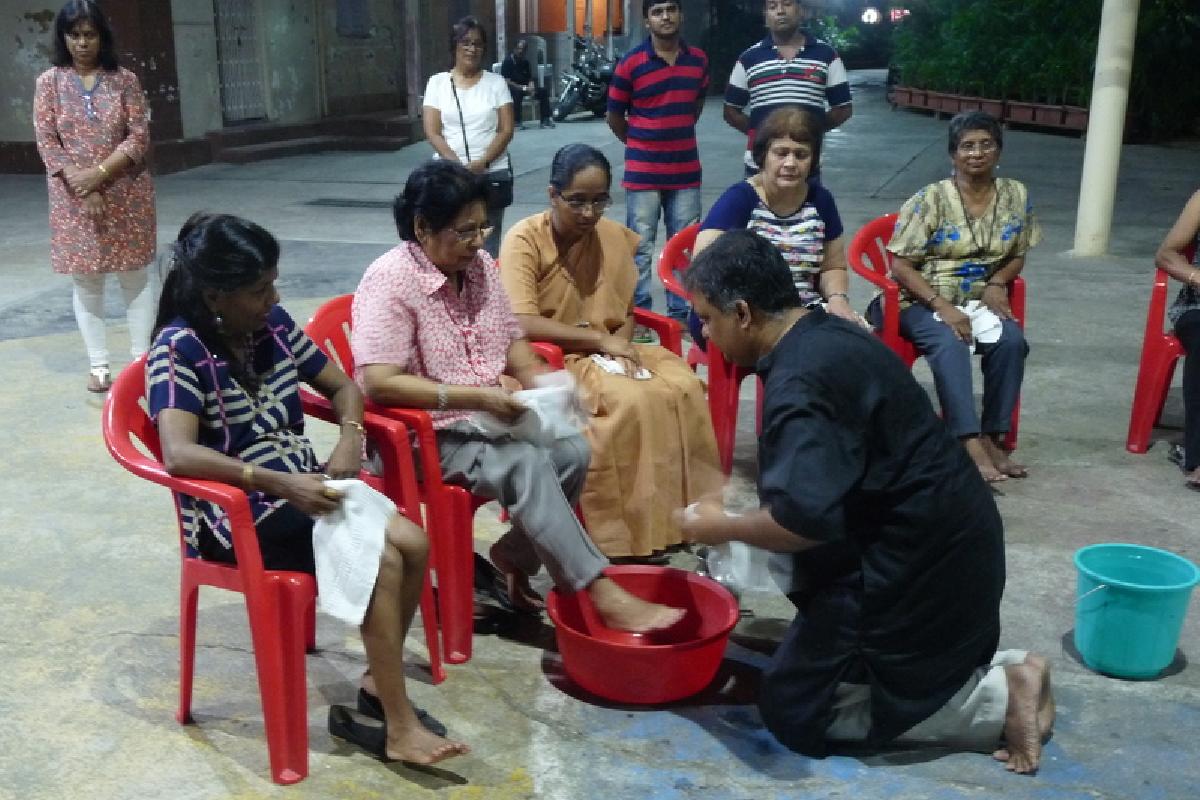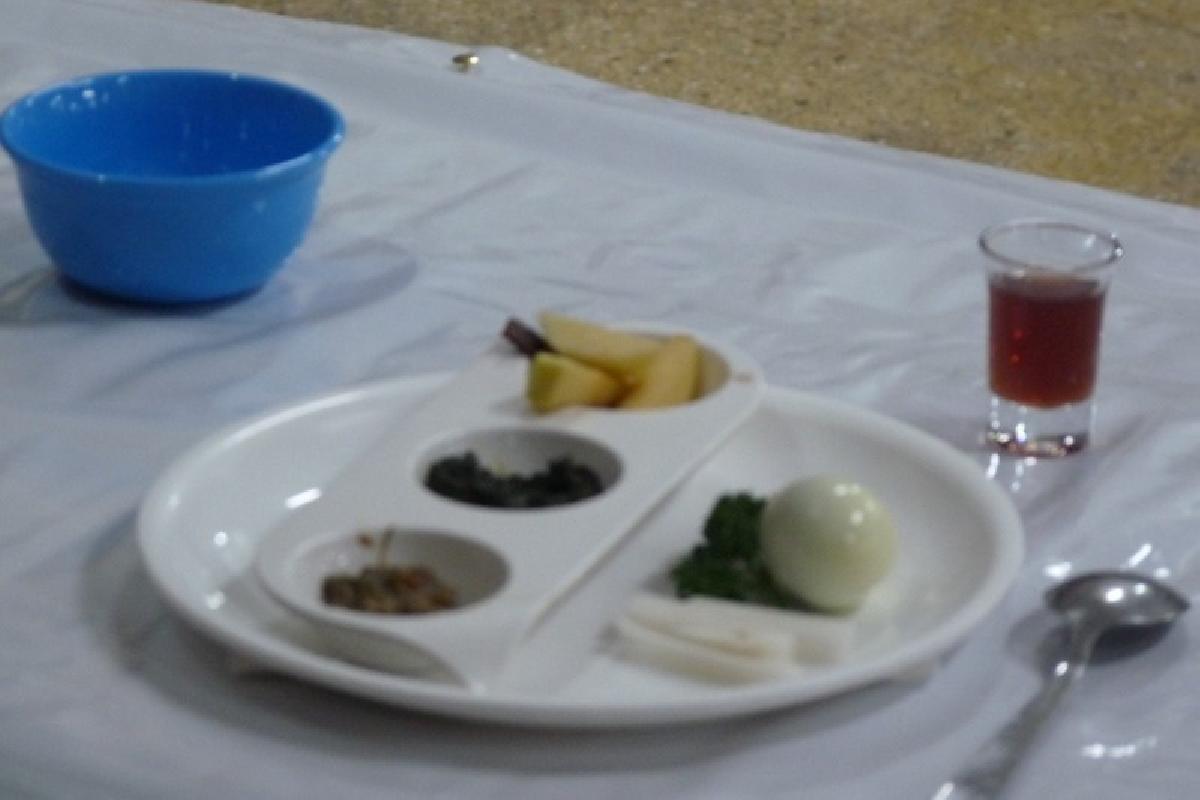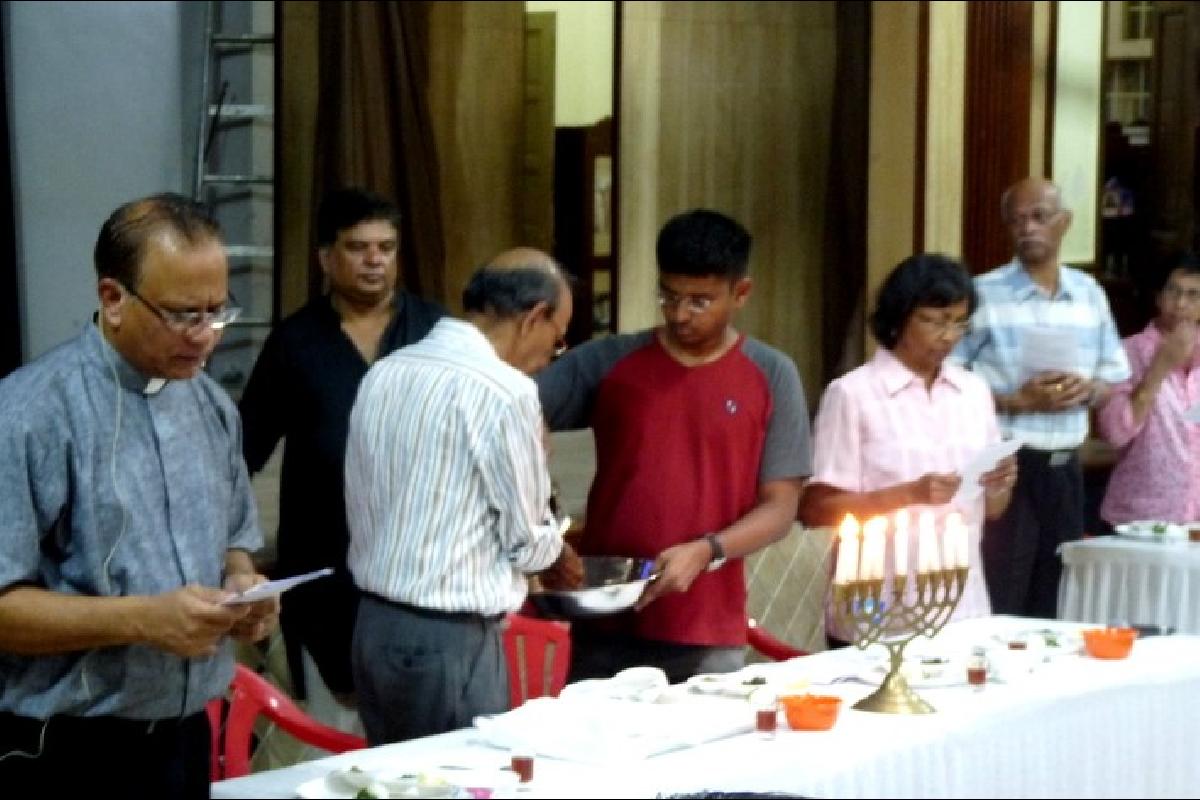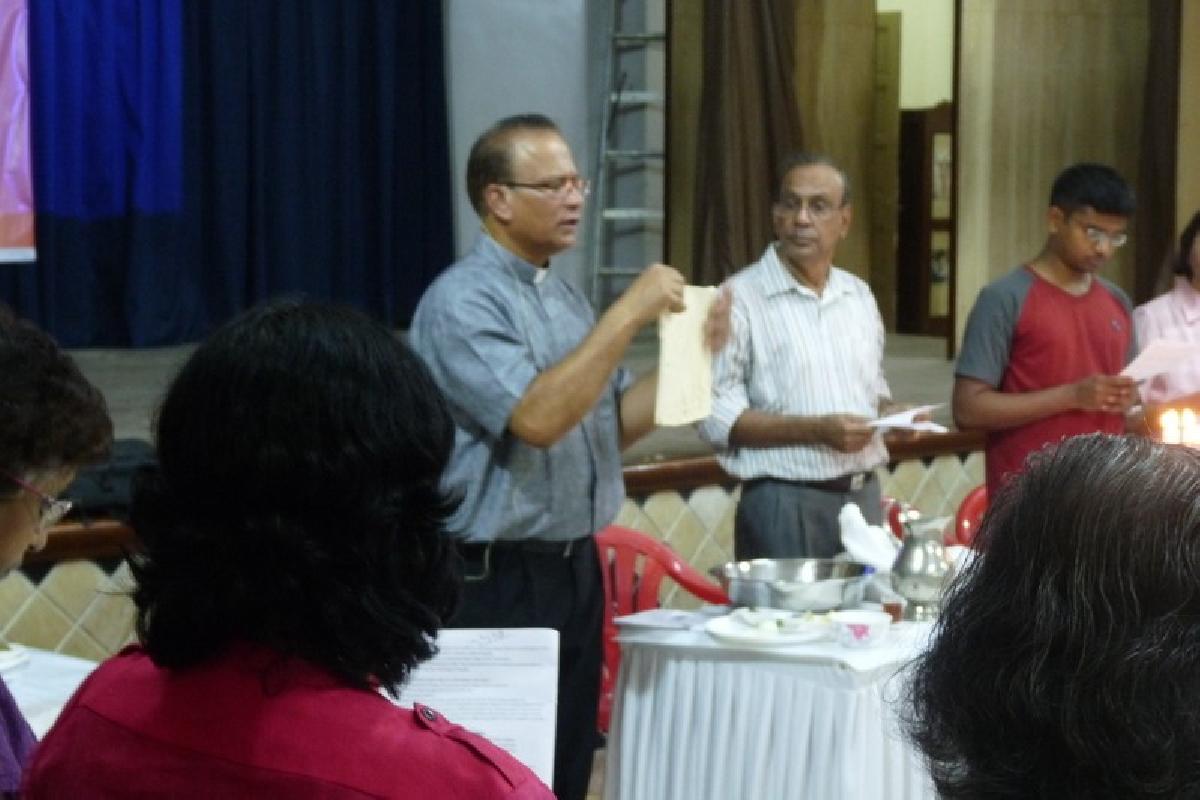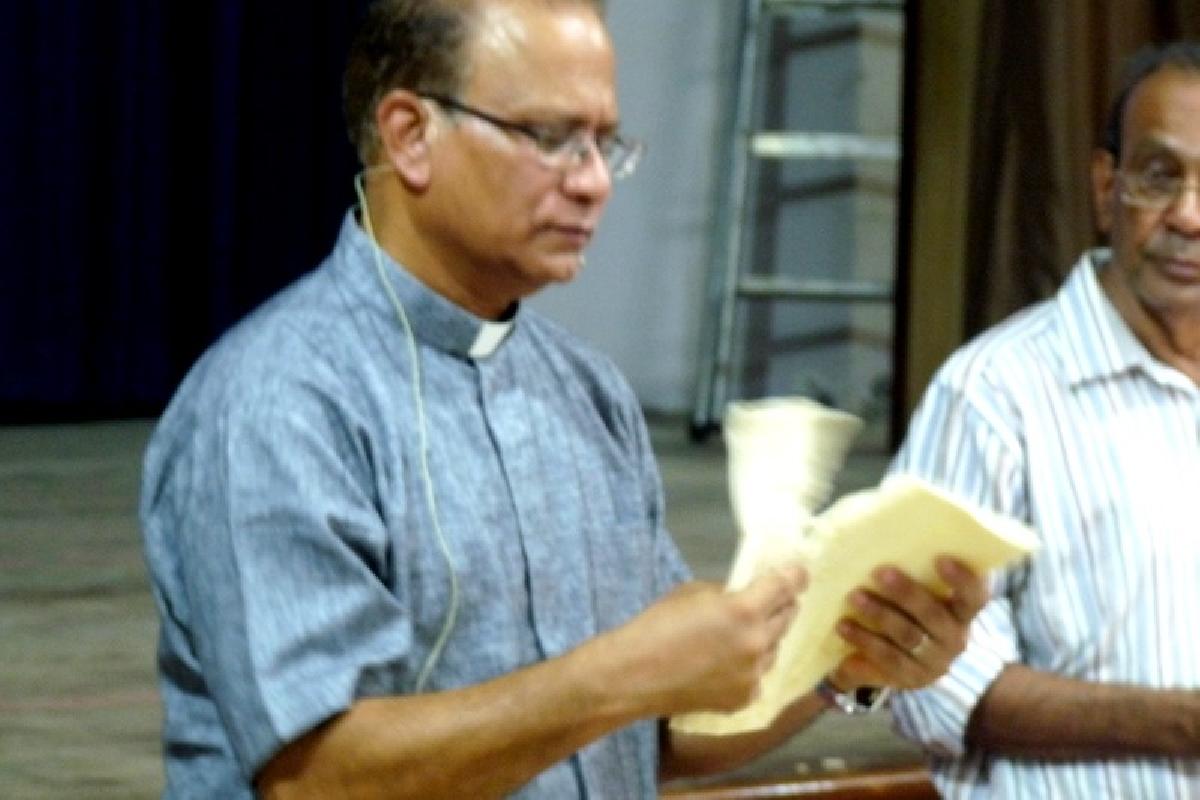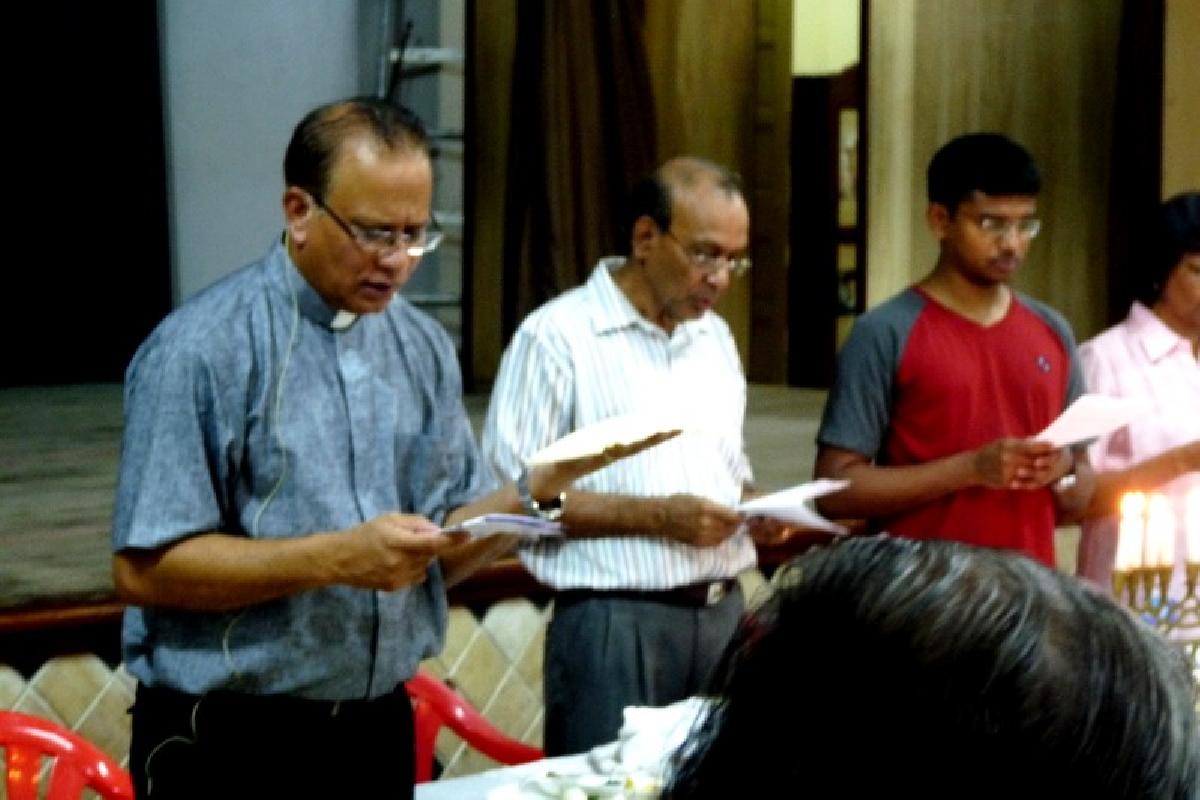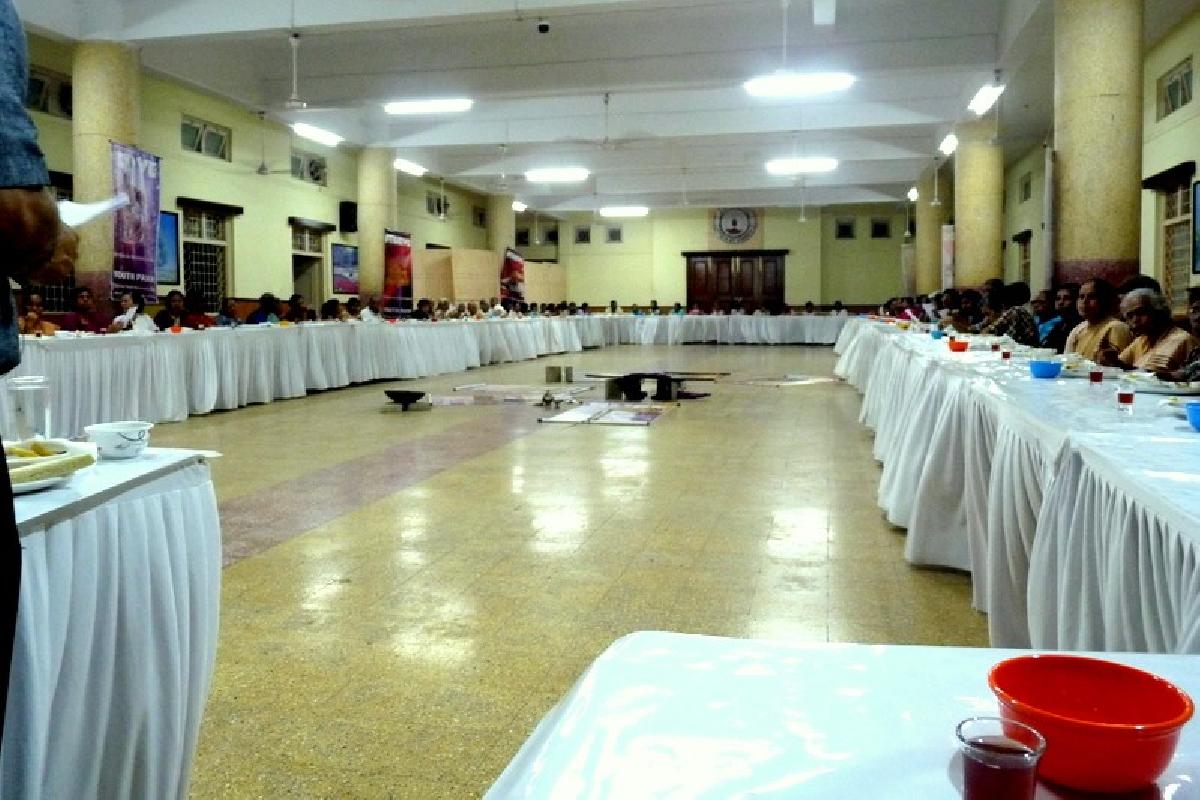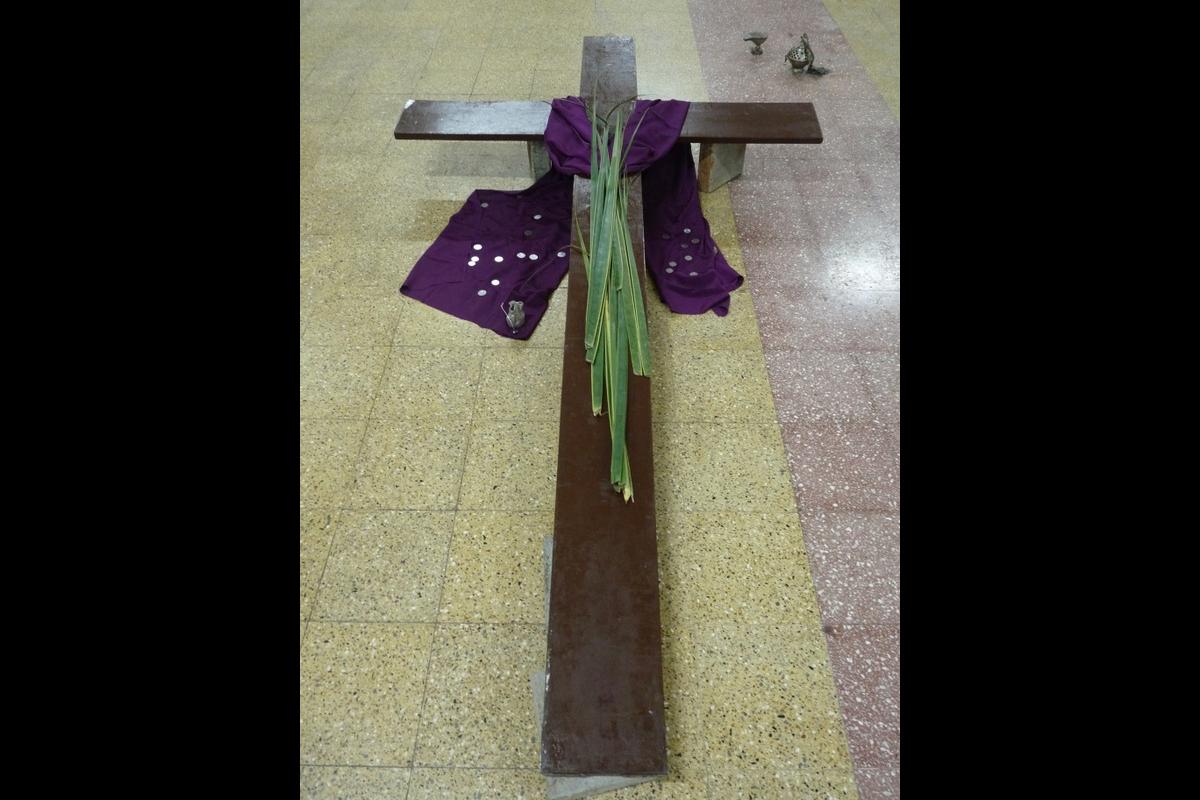CHRIST IN THE PASSOVER
Lent has always been that special time for reflection and renewal and this year Fr. Magi Murzello challenged the Mission SONshine team to think differently to make Christ in the Passover come alive. Many ideas were tabled, and after examining each one, a “Christian Passover Seder” made it to the top. This would be the first time such a service would be conducted for parishioners.
After presenting the idea to our parish priest Fr. Caesar D’Mello and gaining his approval, the challenge was to find a resource person to guide us. We were blessed to have Fr. Glenford Lowe SDB guiding us. He willingly attended our “think tank” meetings and encouraged us. He enthusiastically accepted our request and invitation to conduct the service and personally injected great energy into the project.
After obtaining the necessary permissions, it was decided to conduct the Seder on Palm Sunday at the Apostolic Carmel High School Hall, Bandra. The Mission SONshine team reviewed and went through much study prior to the event preparing special booklets for the occasion. Choosing a caterer was especially challenging and we were glad to have Valencia Caterers extend their support.
Historically, the Seder is a ritual involving a retelling of the story of the liberation of the Israelites from slavery in ancient Egypt, performed by multiple generations of a family or by a community. Here, Fr Glenford elaborated Christ actions to explain the scriptures.
“When was the last time someone washed your feet as a sign of forgiveness?” Fr Glenford began. “Washing was a ritual carried out by slaves. How would you feel if this was done for you? How would you respond if Jesus did this to you?” After many thought-provoking questions and some time for reflection, the focus shifted to healing through reconciliation.
Fr. Magi went down on his knees and washed the feet of attendee representatives encouraging all to do likewise in reconciliation. “Reconcile means to walk together again,” said Fr. Glenford “and Palm Sunday is not about waving palms but understanding that Christ did not just see us but saw through us and still decided to die for us in reconciliation.”
Physically and spiritually moved, all present progressed to the confines of the hall to partake of the Seder. Ancient rites must be explained to fully understand the Mass, it was mentioned. The hall was packed and each one attending had a preset plate before them.
The significance of each element set out in the plate for the meal was explained. The attendees got to appreciate the original Hebrew names of all the elements. Matzoh – unleavened bread – also known as the “bread of affliction” as it recalls the unleavened bread prepared for the hasty flight by night from Egypt. Moror – bitter herbs – are a reminder of the bitterness of slavery. The context of different types of slavery was elaborated on, showing that we choose to become slaves today when we abandon spiritual fulfillment.
The Seder was explored through the scriptures and the visual items each one had on their preset plate. Together, they wove the Exodus story as a passage from slavery to freedom. As each element of the Seder was explained in detail, the upper room experience came alive, and Easter empowered us with hope and reason to make for a new beginning.
A big TanQ to Fr. Glenford for deepening our faith and making Christ come alive in the Passover.
